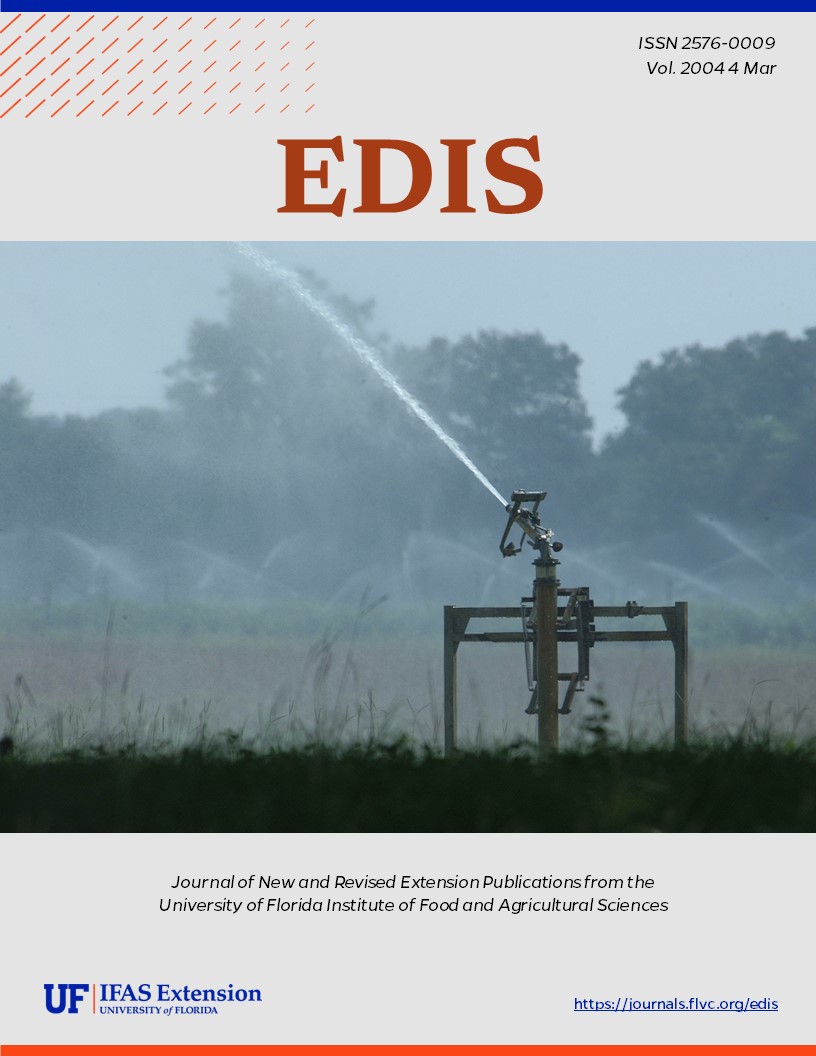Abstract
This species is common throughout Florida, with the possible exception of the Keys, and it ranges widely in the eastern half of the United States. It is noticed primarily because of its defoliation of grapevines in home gardens. This document is EENY-191 (originally published as DPI Entomology Circular 92), one of a series of Featured Creatures from the Entomology and Nematology Department, Florida Cooperative Extension Service, Institute of Food and Agricultural Sciences, University of Florida. Published: February 2001.
References
Jones, P. R. 1909. The grape-leaf skeletonizer. USDA, Bur. of Ent. Bull. 68: 77-90.
Kimball, C. P. 1965. The Lepidoptera of Florida; an annotated checklist. Arthropods of Florida and Neighboring Land Areas Vol. 1. FL. Dep. Agric., Div. Plant Industry. 363 p.
Landolt, P. J. and R. R. Heath. 1987. Seasonal and diel patterns of sex attraction of male Harrisina americana and Acoloithus falsarius (Lepidoptera: Zygaenidae). Fla. Entomol. 70: 392-396. https://doi.org/10.2307/3495073
McGiffen, K. C. and H. H. Neunzig. 1985. A guide to the identification and biology of insects feeding on muscadine and bunch grapes in North Carolina. NC Agric. Res. Serv. Bull. 470. 93 pp.
Unless otherwise specified, articles published in the EDIS journal after January 1, 2024 are licensed under a Creative Commons Attribution-NonCommercial-NoDerivs 4.0 International (CC BY-NC-ND 4.0) license.

